Beginning Circuitry is the most frequently used The Rubber Band Project activity. We have used this activity with STEAM clubs, one day explorations with whole schools, STEM events, and with professional development for teachers. Beginning Circuitry is a hands on way for students to learn the basics of circuitry. First, students get some background on how circuits work. We briefly talk about how electricity flows from a power source, through a circuit. We discuss how a circuit must be a complete loop. We talk about what happens when there is a “short” in a circuit. Then we do a brief demonstration of how to create a “squishy circuit” using a battery pack, conductive dough, and led lights. Students then are given supplies to make their own circuits.
Below is an example of how these sessions can go. You will see pictures of the circuit discussion, examples provided to students by Rubber Band Project Staff, the students working on basic circuits, and then finally students working on advanced circuits / creating circuits that are a part of a piece of art they have created. Finally there is a list of Next Genoration Science Standards that this project uses.
*Please contact steve@rubberbandproject if you our your school district are interested in learning more about Beginning Circuitry.
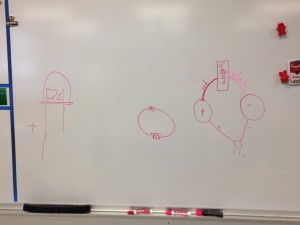 |
 |
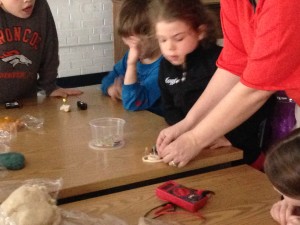 |
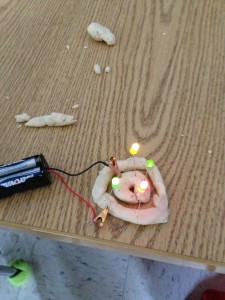 |
|
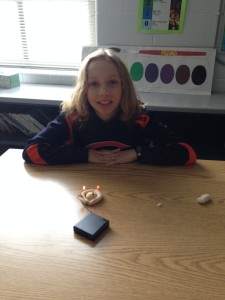 |
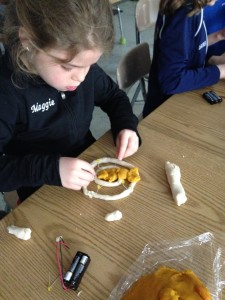 |
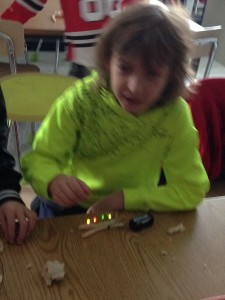 |
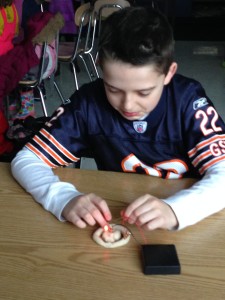 |
|
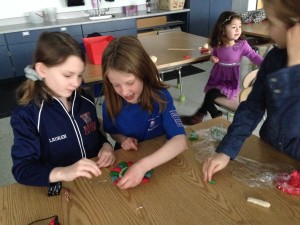 |
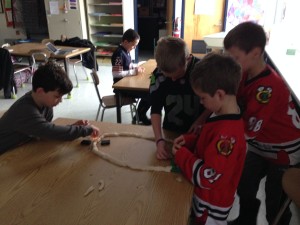 |
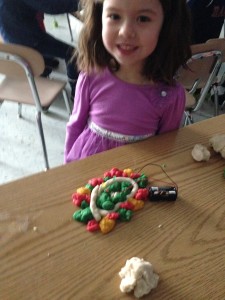 |
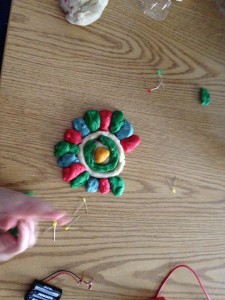 |
|
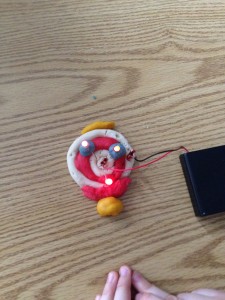 |
 |
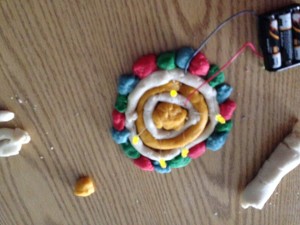 |
 |
|
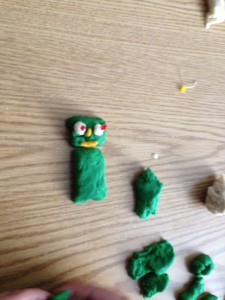 |
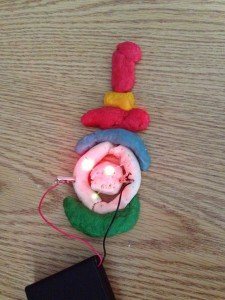 |
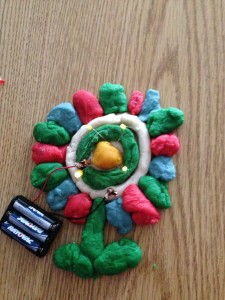 |
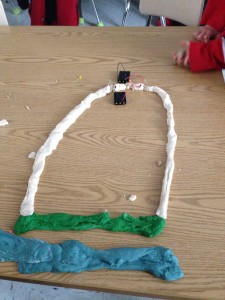 |
4-PS3-2.
Make observations to provide evidence that energy can be transferred from place to place by sound, light, heat, and electric currents.
4-PS3-4.
Apply scientific ideas to design, test, and refine a device that converts energy from one form to another.*
4-ESS3-1.
Obtain and combine information to describe that energy and fuels are derived from natural resources and their uses affect the environment.